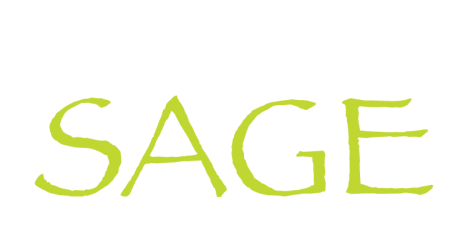THE SNOWCATS OF SAGE PART 1: HOW TO MAINTAIN A MOUNTAIN

Here at Sage, we’re extremely proud of our fleet of professional snow grooming equipment. Not only do we offer an incredible variety of Colorado snowmobile trails across a 6,000-acre private mountain. But we also take great care in our trail design and grooming operations – it’s that backcountry, snowmobiling-in-Colorado experience you’ve been seeking, but even better. Come ride with us on this mountain and we guarantee to put a big grin on your face.
While most snowmobile guide services rely on shared Forest Service trails with very little control over the conditions, we’re fortunate to operate on a private mountain larger than Vail ski area. Here, guests of Sage Outdoor Adventures have the whole place to themselves.
How to Maintain Groomed Mountain Trails
Operating on a private mountain means we’re able to custom-design our trail systems. And as soon as the snow starts flying, our snowcats keep those trails in excellent riding condition. But grooming trails and operating a snowcat it’s not as easy as turning a key and hitting a throttle. It takes practice and some serious snow-know-how.
We recently caught up with Sage Owner and Director of Operations, Cole Bangert, to talk about snowcats and grooming…and why it’s harder than it looks!
Sage’s Mountain Grooming Equipment
“This snowcat (pictured below) is a smallish-sized cat to fit our unique trails,” Cole began. “The size of this cat allows us to groom trails through aspen groves and in some unique places. We do have a bigger snowcat as well, like the size you would see up on the ski hill. We use that larger cat for our play meadows and some of the bigger trails with deep snowdrifts and more powder.”
The snowcat pictured here is a Prinoth Husky. Sage purchased it brand new for $215,000.
Operating a Snowcat: Trees, Trails, and lots of Snow
“But getting the equipment is only the first step,” Cole told us. “Having someone capable of driving it is a whole other thing. These things have 12-way blades, plus the tiller operation. Once you master those, there’s the trick of actually driving it without hitting trees. Grooming trails in a snowcat takes multi-tasking to a new level.”
It certainly isn’t easy or cheap to operate a fleet of snowcats. But it’s a necessary investment to keep these Colorado snowmobile trails in prime condition.
“When grooming, the driver is always making assessments based on a variety of factors,” Cole explained. “You have to consider snow deposition, density, and wind direction. A good cat driver must also consider ‘snow farming’ or where we increase snow depth for future use. Whenever we’re pushing drifts around, we’re planning ahead for the springtime so that we can maximize trail depth as the days get longer and temperatures get warmer.”
These practices make for great snowmobile experiences throughout the winter, and they help extend our snowmobile season into the beautiful spring months here in the Colorado high country. There’s no doubt that driving a snowcat and grooming trails takes practice and skill. A great driver takes all these factors into account, all without running into trees along the way!
But according to Cole, the real secret and all you need to be the world’s best cat operator is right here:
If you’d like to learn more about our guided snowmobile trips, please take a few minutes to explore our snowmobiling information. We’d love to help you plan a memorable backcountry snowmobile adventure here in Colorado!
